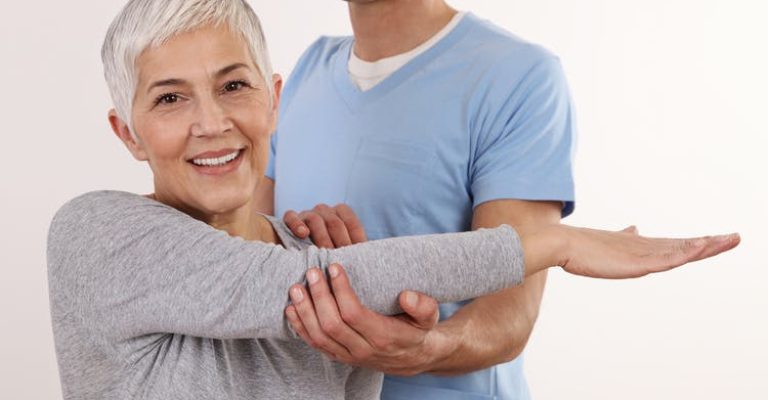Contractures are a common complication that can occur following a stroke. Contractures are defined by stiffening or tightening of the muscles, joints, and tendons. Contractures can occur in any joint or muscle group in the body that is affected by spasticity. The hand, elbow, hip, knee, and ankle are the joints that are most typically impacted by contractures.
In the end, this illness can impair your ability to carry out functional activities such as walking, moving from one surface to another, and doing duties associated with self-care, such as dressing or washing. This article will explore the factors that lead to the development of contractures, as well as the most effective rehabilitation strategies for avoiding or treating the resulting complications.

Contractures are characterized by an abnormal tightening of the muscles, joints, or connective tissue, which frequently leads to a restricted range of motion. Damage to the brain and the motor pathways linked with it makes it difficult to purposefully activate affected muscles after a stroke. Because of this, voluntary movement in the connected limb is limited, and the amount of active motion that may be performed is reduced. This results in the affected limbs typically having reduced mobility following a stroke.
In addition, stroke frequently results in spasticity, which is defined as an unnatural increase in the tone or contraction of the muscles. Because of the excessive muscle contraction, also known as spasm, the muscles eventually become rigid and contract.
The condition known as spasticity can most easily be explained as a breakdown in communication between the brain and the muscles. After a stroke has caused damage to the motor neurons in the brain, which are responsible for communicating with the affected muscles, these neurons will misfire, which will cause the muscles to spasm in response.
Contractures of the muscles and joints are something that can occur when spasticity is not properly treated. The presence of spasticity in hand after a stroke, for instance, can cause the fingers and wrist to curl inward toward the palm of the hand. This causes the hand to remain in a tightly clenched fist, which over time can lead to a hand contracture as the muscles, tendons, and joints become rigid from the constant contraction.

Within the first year after their stroke, between 25 and 43 percent of survivors experience spasticity, as reported by the American Stroke Association. When spasticity is not controlled properly, there is an increased risk of developing contractures, which can lead to a wide variety of functional problems. In addition to being uncomfortable, contractures and spasticity can have a detrimental effect on one’s quality of life.
The good news is that spasticity and contractures can both be treated with a wide range of rehabilitation techniques. Participating in persistent, everyday rehabilitation after a stroke can help reverse or avoid the development of contractures, but doing so needs devotion and consistency. Following a stroke, some of the most prevalent treatment options for contractures include the following:
fundamental principle behind the mass practice approach.

After a stroke, contractures are a common and potentially life-threatening condition that can affect survivors. The existence of contractures can significantly restrict the range of motion and decrease mobility, both of which can have a detrimental impact on quality of life. Contractures are a common problem, but thankfully there are a number of treatments and preventative measures available.
Stretching, increasing the range of motion, exercising, receiving electrical stimulation, and making use of orthoses or other rehabilitation equipment are all effective treatments that can help decrease or avoid contractures. Maintaining awareness of how you are positioned after a stroke can be an effective method for avoiding the development of contractures during the early stages of rehabilitation. When dealing with severe contractures, it may be required in some instances to resort to Botox or surgical intervention.
In order to obtain positive results, preventing or minimizing the severity of contractures demands dedication and persistence. Your treatment center staff can assist you in formulating a strategy that takes into account your unique requirements and puts you back on the path to recovery.